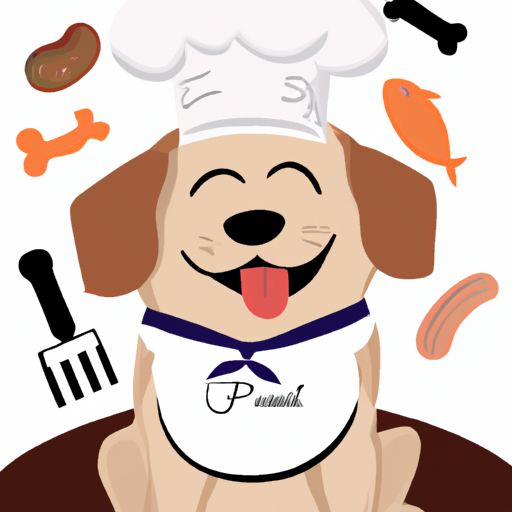Understanding Your Dog’s Dietary Needs
First and foremost, let’s remember that every dog is unique. Just like humans, they have their own dietary needs and preferences. It’s your job as a caregiver to understand and cater to these needs.
You might be wondering why you would need to add fat to your dog’s diet. Isn’t fat bad? Well, not necessarily. Fat is an essential part of any diet, including your dog’s. It provides energy, helps the body absorb vitamins, and is necessary for healthy skin and coat.
However, too much fat can be harmful, so it’s all about balance. You should aim for a diet that contains about 10-15% fat.
Identifying High-Fat Foods
Secondly, you need to know which foods are high in fat. Here’s a table to help you:
| Food | Fat content |
|---|---|
| Beef | High |
| Chicken | Moderate |
| Fish | Moderate to High |
| Dairy products | High |
| Nuts | High |
Remember, always introduce new foods gradually and observe your dog for any adverse reactions.
Incorporating Fat into Your Dog’s Diet
Now that you know what foods to use, how do you incorporate them into your dog’s diet? Here are a few methods:
- Mix high-fat foods with your dog’s regular food. This is the easiest method. For instance, you can add some ground beef or grated cheese to your dog’s kibble.
- Use high-fat foods as treats. This not only adds fat to your dog’s diet but also makes training more rewarding. Try giving your dog a piece of fish or a few nuts as a reward.
- Replace a portion of your dog’s regular food with high-fat foods. This method requires more careful monitoring to ensure your dog is still getting a balanced diet.
Monitoring Your Dog’s Health
Even when you’re adding healthy fats to your dog’s diet, it’s important to monitor their health. Keep an eye on their weight, as too much fat can lead to obesity. Also, observe their skin and coat. If they’re looking healthier, you’re probably on the right track.
When to Consult a Vet
If you’re unsure about changing your dog’s diet, it’s always best to consult a vet. They can provide guidance based on your dog’s specific needs and health condition.
FAQ
Q: Can all dogs benefit from a high-fat diet?
A: Not all dogs will benefit from a high-fat diet. It’s best to consult with a vet before making any major changes to your dog’s diet.
Q: What are the signs that my dog is getting too much fat?
A: Signs can include weight gain, greasy or flaky skin, and gastrointestinal issues like diarrhea.
Q: Are there any risks associated with a high-fat diet?
A: Yes, a high-fat diet can lead to obesity and pancreatitis. It’s important to maintain a balanced diet and monitor your dog’s health regularly.
We hope this guide helps you understand how and when to add fat to your dog’s diet. Remember, every dog is unique, so what works for one might not work for another. Always keep your dog’s health and happiness as your top priority. Happy feeding!



